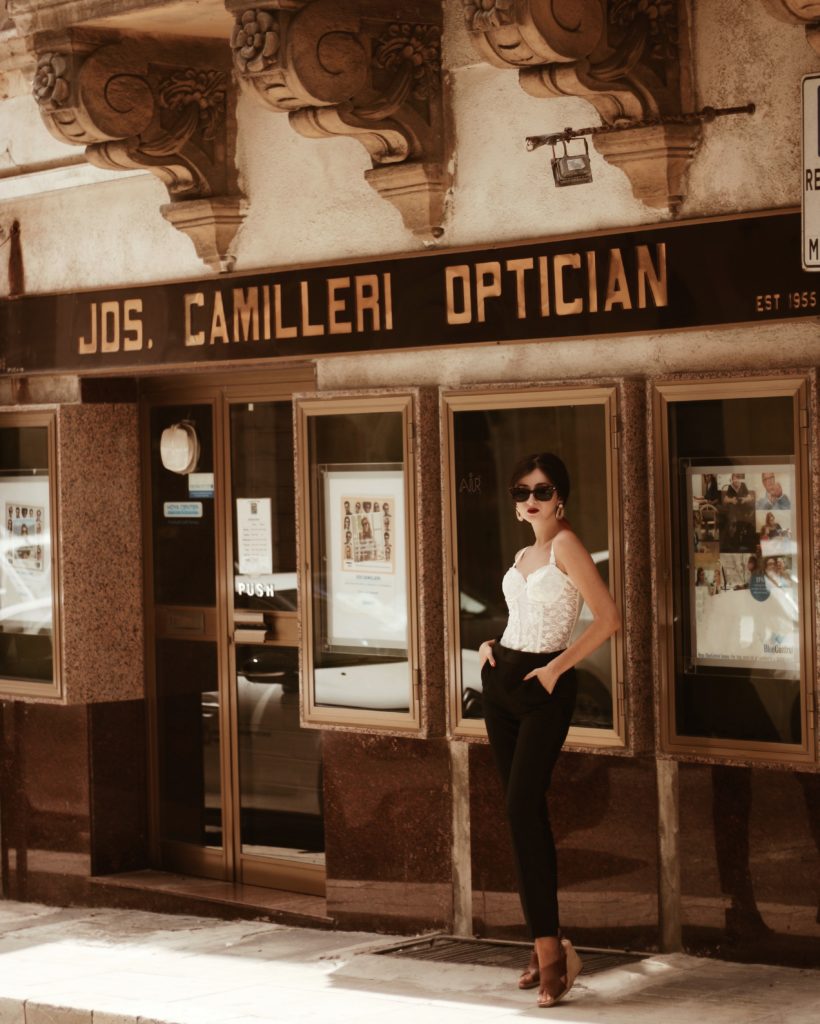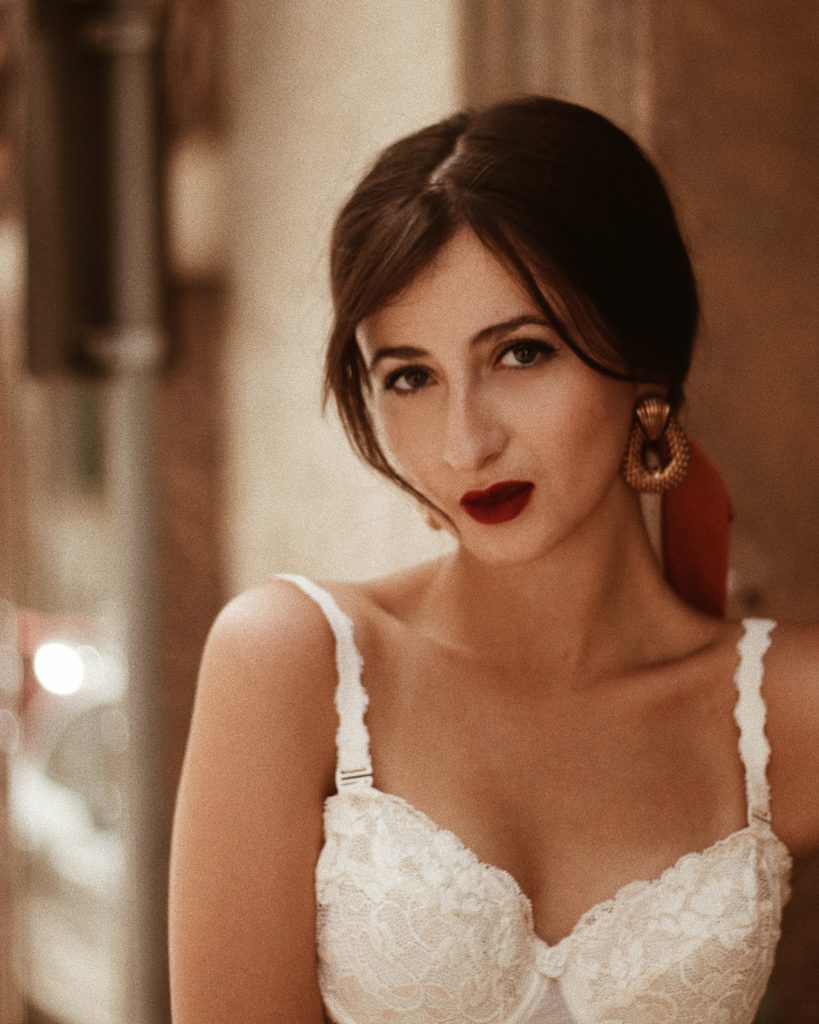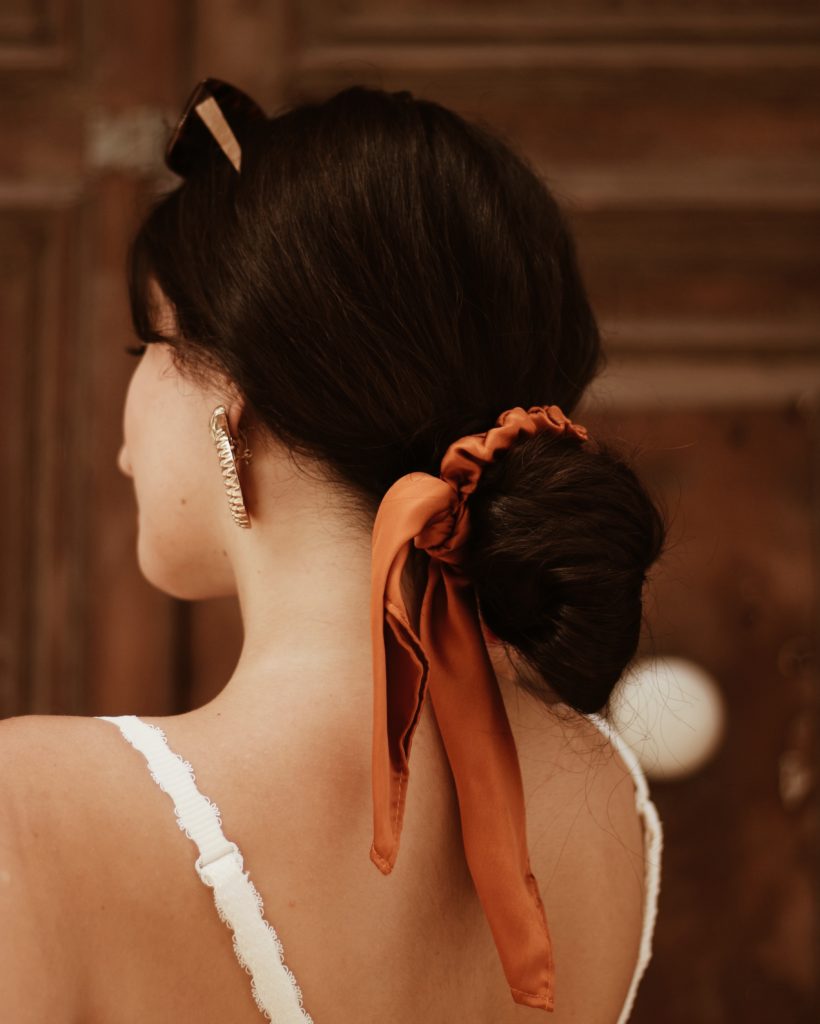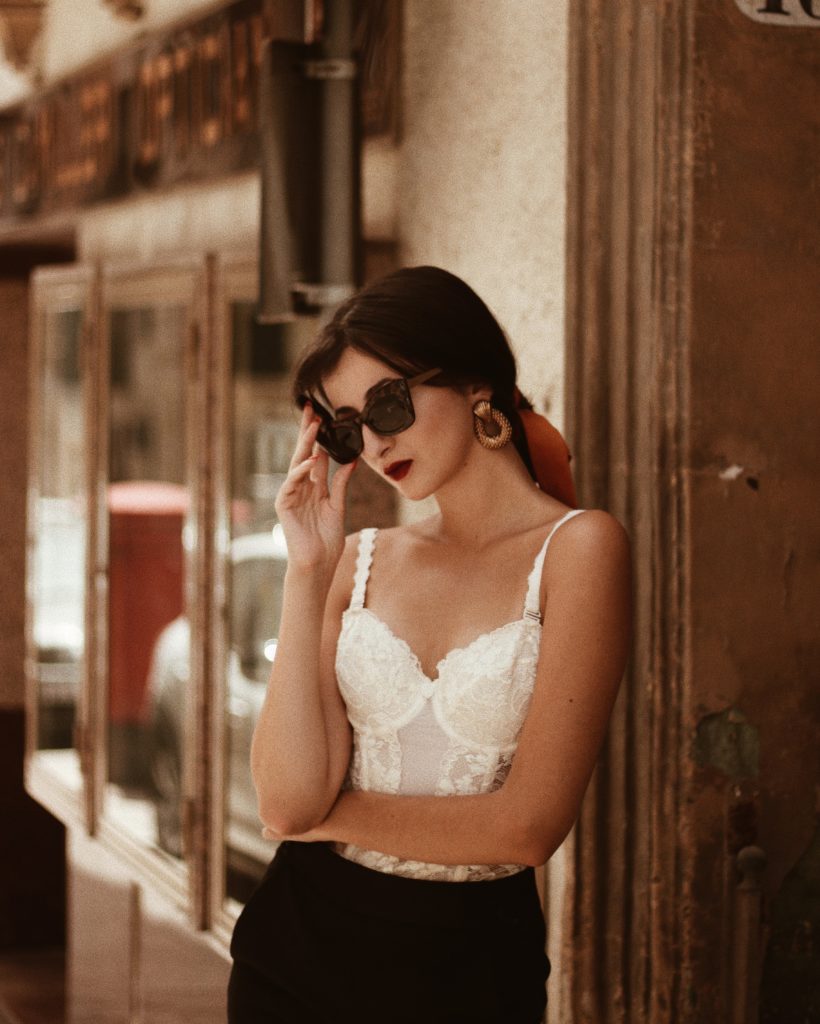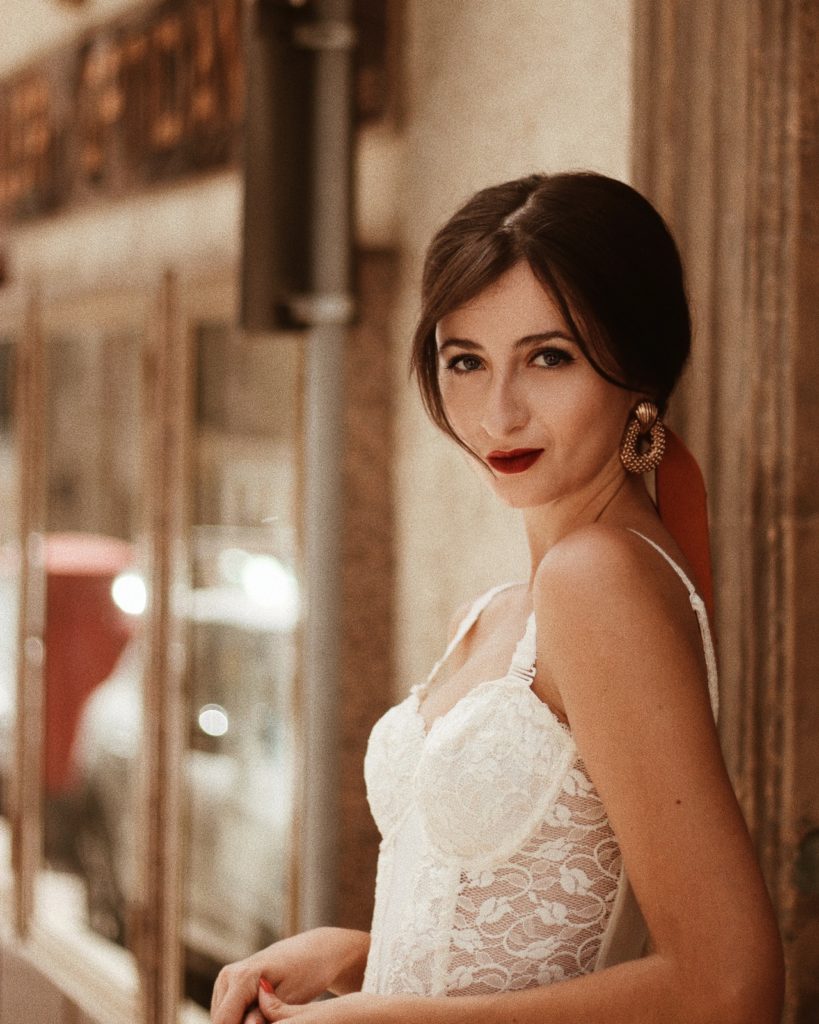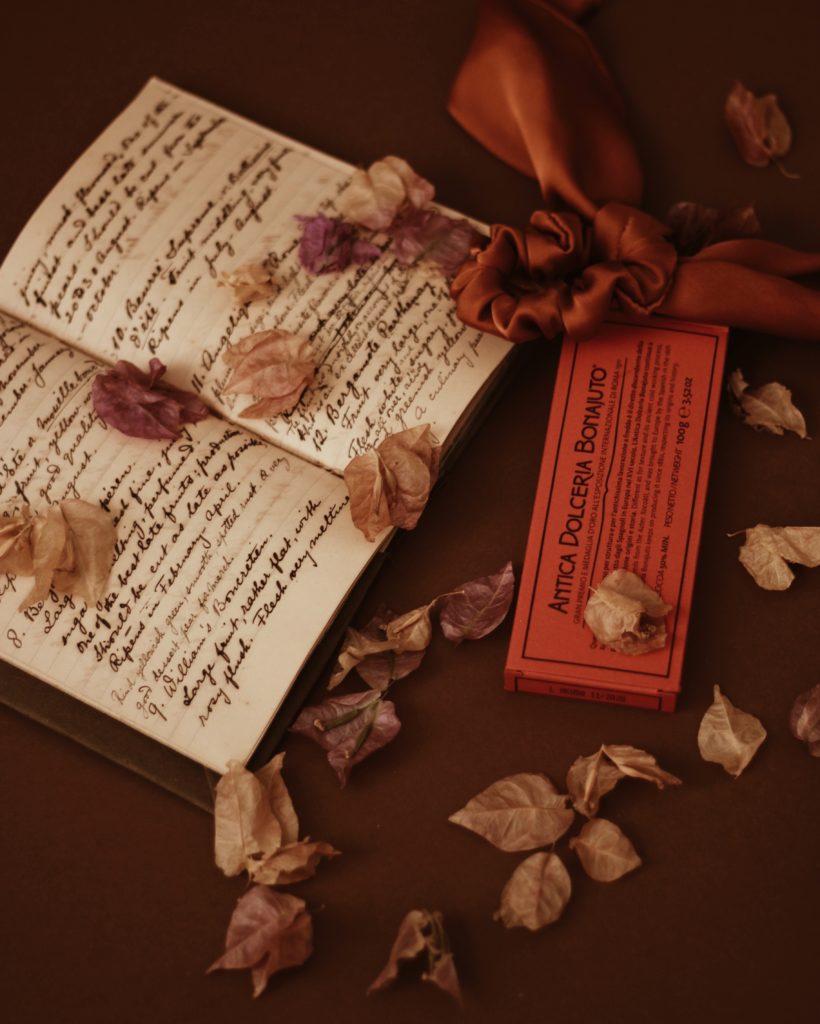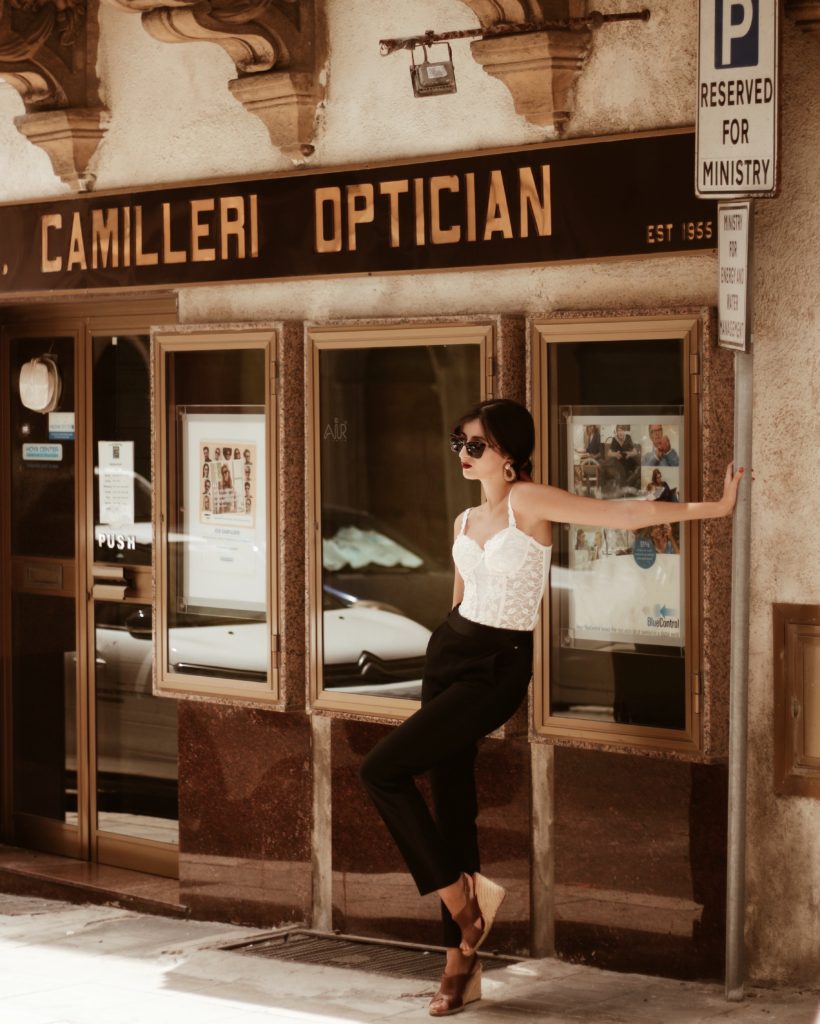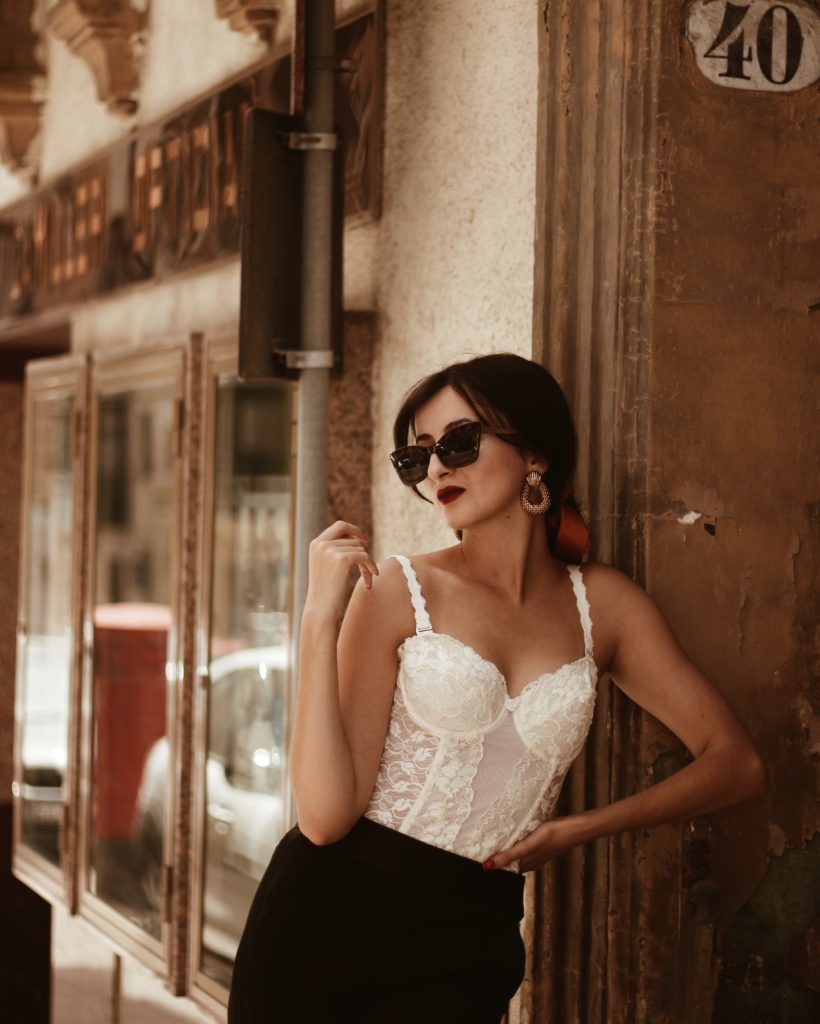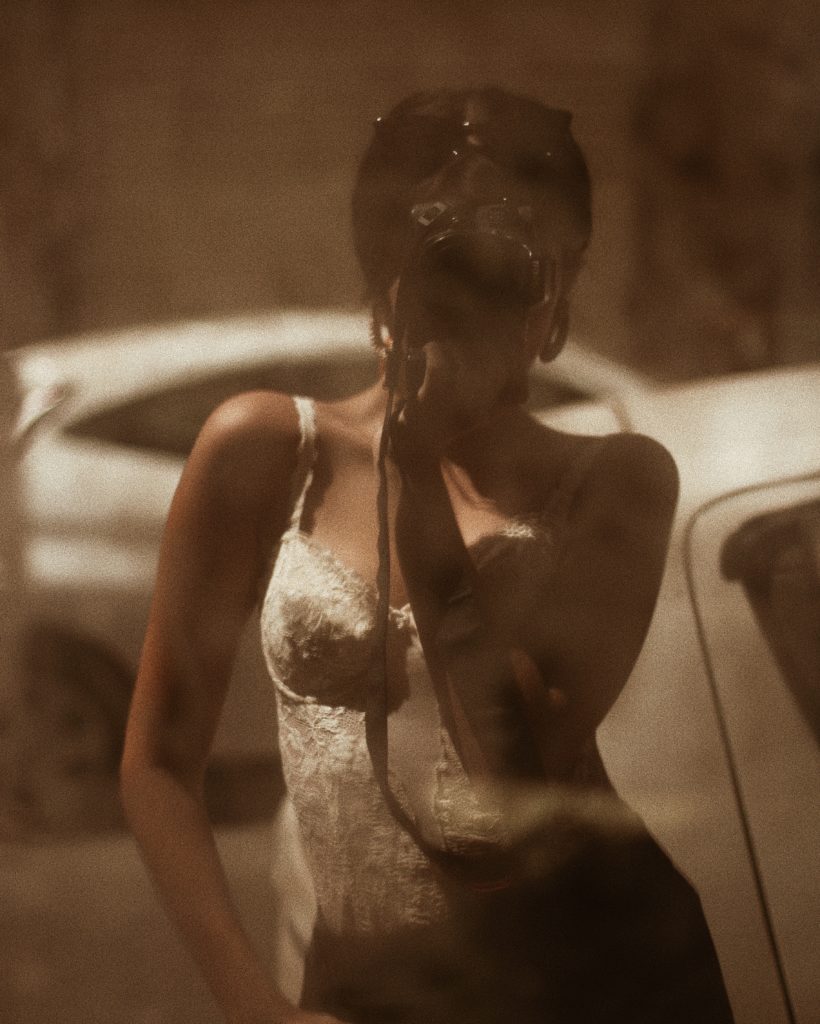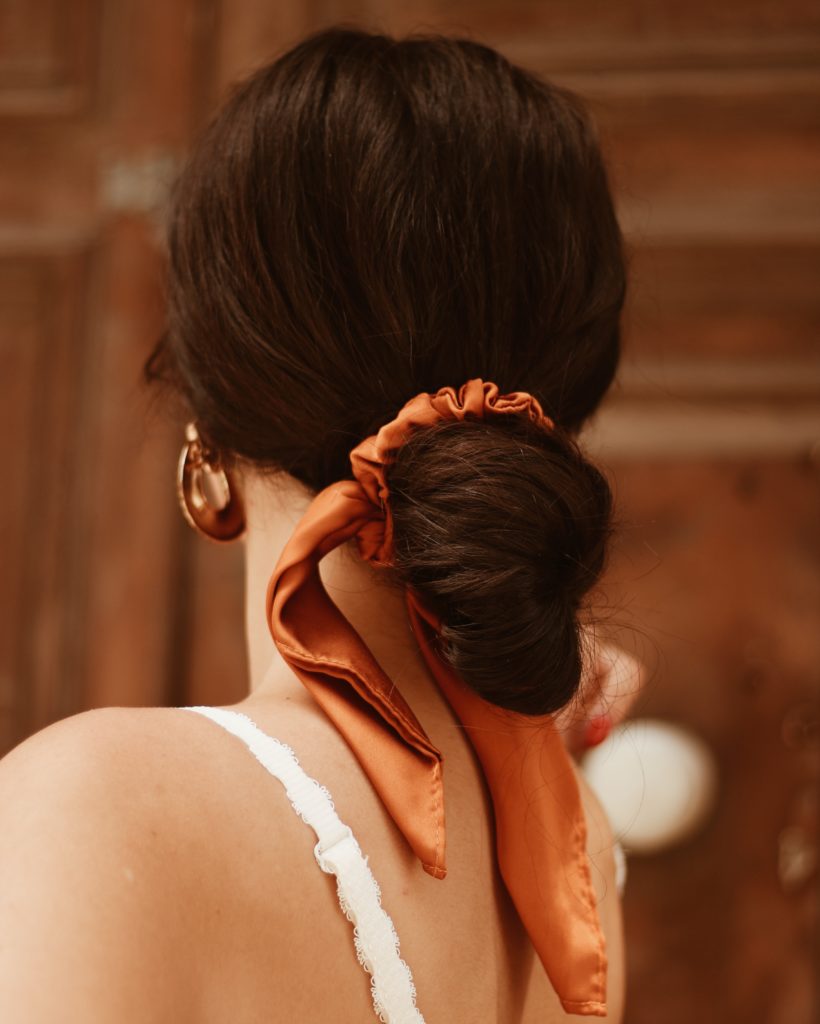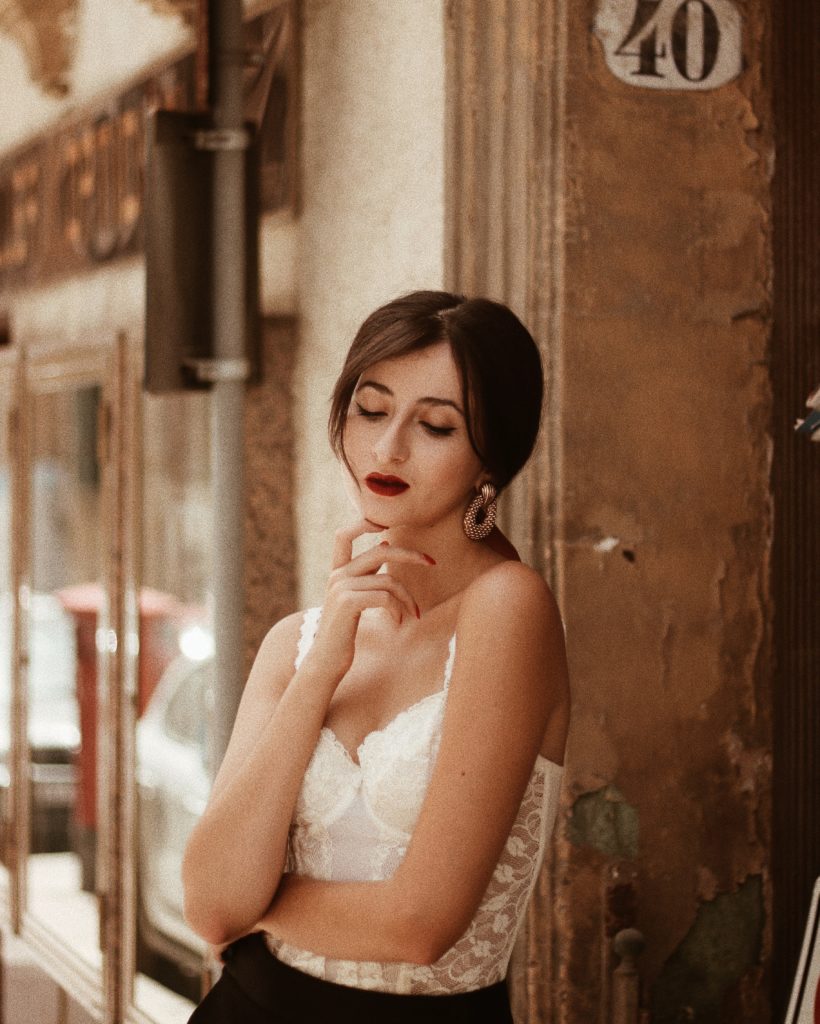My clothes have always been very dear to me. I don’t remember a time when fashion did not play a major role in my life; from the days I laid down on my grandmother’s bed, fiddling away with barbie dolls’ attire while admiring a fashion show broadcasted on TV, later proceeding to sketch out various fashion illustrations in the extensive journal collection I so proudly owned as an eight year old. Undoubtedly, I was fortunate to have been introduced to the world of fashion at an early age. My parents did not quite enjoy the idea of their young child experimenting with fashion – an industry they perceived as no more than materialistic and shallow – but my grandmother would take me to Malta’s best stores, spoil me to a new outfit every weekend and allow me to wear whatever I preferred. And yes, that meant that as an eight year old, I would casually stroll out of the house in kitten heels and all-black attire (aside for a bright red lip and leather pink handbag).
Fashion is, in my eyes, a form of self expression. I struggled, in my pre-teen years, to accept that my choice of attire differed so greatly from what you were accustomed to seeing in Maltese streets. I won’t forget the odd stares (simply because I would choose to wear a hat or platformed boot before it became the norm!) and my culminating anxiety nearing its limit, almost driving me to quit all that I loved and to dress in what was deemed acceptable – but I didn’t.
I grew up to idolise fashion and all those who played a significant part in bettering the industry. Most of my early teenage years were spent watching one fashion show after another with a sketchbook in hand, attempting to copy each design with the stroke of a paintbrush or felt tip pen. And then I involved myself in the (almost non-existent, but still somewhat sufficient) Maltese fashion industry, with a camera in hand and notepad in the other. I loved the world of fashion and anything related to clothing.
It wasn’t until I jumped on a plane to Paris, signed a six-month rental contract in the city and involved myself in the French fashion industry that I began to realise that yes indeed, fashion is shallow – it is not simply the artistic form of self expression I had always thought of it as. To put it lightly, fashion school was a tragedy. I loathed everything that came with it. The pretentious attitudes, the individuals blinded by the wealthy, luxurious lifestyle fashion could offer, the arrogance, and most of all, the lack of awareness on why and how overconsumption is slowly helping our planet deteriorate. I had not ever thought I’d say these words, but I began to understand why people perceived the fashion industry as meaningless – one that is completely out of touch with reality. In order to keep loving fashion, I had to detach myself from that luxurious aspect, take a realistic approach and educate myself on what the fashion industry really is.
I’ve written about the significance of sustainable fashion before, but it took me quite a while to adopt an informed approach. Many of us women, we struggle with resisting an inviting store front. Fashion produced in bulk is affordable and easily accessible – it’s tempting. But we’ve approached a point of no return. We’ve depleted our resources through aggressive consumerism, and economically? We can no longer celebrate a fast GDP growth rate with no awareness of the negative externalities that await. Fashion brands are now having to focus on finding a sustainable approach and improving every stage of a product’s life cycle. The larger fashion companies, often being the most harmful, are also the most able to fork out the finances needed to align their business with an environmentally conscious system. It is sad, yes, but the more consumers demand it, the more importance it is given. But let’s put businesses aside for a moment. Us, as consumers and fashion enthusiasts, have the largest responsibility of all. We are in dire need of transitioning our wardrobe to one that prioritises quality over quantity, one with pieces versatile enough to be worn more than twice or three times. Owning clothing in abundance, greedily consuming all that your finances allow? That is no longer admirable.
And so I have decided to sell half of my wardrobe and only keep the pieces of sentimental value and ones I know I’ll proudly wear again. No more hoarding! I’m not perfect at this – I have really only just started my sustainable journey, but I encourage those reading this to do the same. Another tactic I’ll be adopting is the choice to get rid of a piece for every new one I buy. Not only is this a great way to recycle old clothing, but it also prevents my wardrobe from filling up with far too many clothes. My Zara visits have decreased significantly, and I am now opting for vintage shopping instead. Here’s a little point of encouragement: vintage clothing is so appealing because it is unique, because you won’t risk running into another individual with the same attire at that party you’ve long anticipated. So honestly? It is an investment, and by far the best thing you could do for yourself and our lovely planet.
In these pictures, I purchased my lacy top from the Kilo Shop in Paris – an outstanding vintage shop that you MUST visit, might I add – and the other items are some of my most reused clothing items. Stick to the classics, purchase what you can re-accessorise a thousand times. People have asked what I would recommend as basic clothing items that are necessities and can be worn in versatile ways, and I would say a pair of black tailored pants, a crisp white shirt, a pair of pointed-toe heels in black, and a few neutral t-shirts and sweaters. All you need, then, are some great vintage finds to add on, such as a unique jacket and accessories including neckerchiefs, scarves or hats – all with your creative touch, of course!
